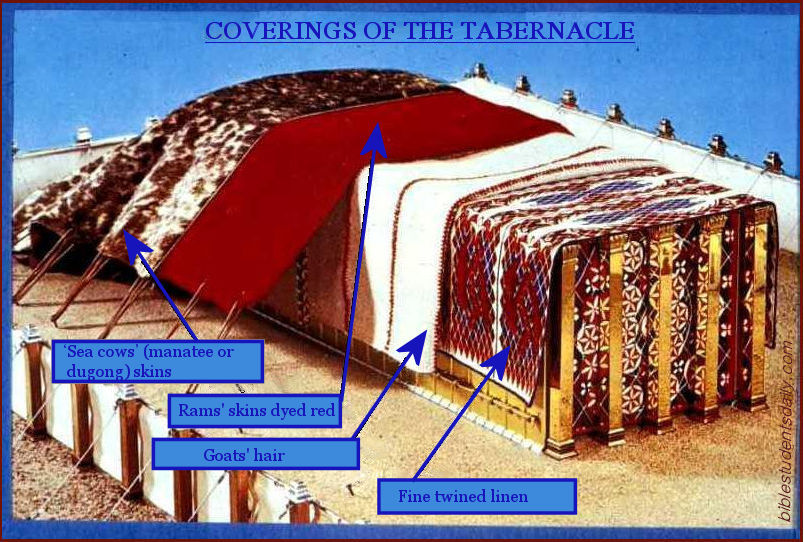We were created to be with God. God walked with Adam and Eve in the Garden of Eden, guided his people, Israel, through the wilderness, and inhabited among them wherever they went on pilgrimage. He lived among his people in the tabernacle and then in the temple. The earthly tabernacle, the temple of Israel, and all its furniture and utensils were used to manifest Israel’s presence to God through symbols, types, and shadows. Did you indicate the day when God?we have deigned to dwell with ourselves, among ourselves and within ourselves. This truth is contained in the name of Emmanuel, one of the most beautiful and moving names God reveals to us about himself. Isaiah prophesied to Israel, “Behold, the virgin shall conceive and bear a son, and call him Emanuel. (This is 7. 14). The Eternal Word, the Son of God, became flesh and dwelned among us. God is with us and Will never leave us or help us.
The tabernacle and temple revealed not only that God would come to the flesh to live with us, but also that Through His Spirit He would make His people the temple in which He would live forever. We are now the temple of God through the regenerative, inner, and purifying work of the Holy Ghost. Paul writes that in Christ, the whole building, well-groomed, becomes a sanctuary dedicated to the Lord?(Ephesians 2. 21). The Spirit has made us a holy home for our holy Lord; we are the house of God, made up of members of all tribes and nations, built on the foundations of apostles and prophets, with Christ as the main cornerstone. To whom the great temple of Jerusalem was a family spectacle, he said, “You too, like living stones, have you built a spiritual house and a holy priesthood, to offer pleasant spiritual sacrifices to God through Jesus Christ?”
- God had no obligation to live with us.
- Nor did He have the inherent need to live among men.
- But for his sovereign love and for his own glory.
- He decided to live with us and in us.
- Does your tabernacle like being among men? (Ap 21.
- 3).
- That we may know him.
- Love him.
- Appreciate him.
- And glorify him before his face.
- Now and always.
Learn about the meaning, symbology, and typology of the Tabernacle and the Temple, and understand how your utensils point to Christ through this series of articles.
1. La House of God 2. The Altar of the Holocaust (Burnt Offerings) 3. La Bronze Cup 4. The Chandelier (Menorah) 5. La Table of The Breads of Proposal 6. The Altar of Incense 7. The Curtains 8. La Ark of the Covenant 9 The Church as temple of God

